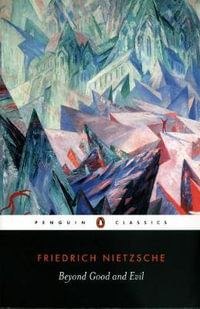What mediates between sensory input and motor output? This is probably the most basic question one can ask about the mind. There is stimulation on your retina, something happens in your skull and then you hand reaches out to grab the apple in front of you. What is it that happens in between? What representations make it possible for you to grab this apple?
Bence Nanay calls these representations that make it possible for you to grab the apple 'pragmatic representations'. In Between Perception and Action he argues that pragmatic representations whose function is to mediate between sensory input and motor output play an immensely important role in our mental life. And they help us to explain why the vast majority of what goes on in our mind is very similar to the simple mental processes of animals.
The human mind, like the mind of non-human animals, has been selected for allowing us to perform actions successfully. And the vast majority of our actions, like the actions of non-human animals, could not be performed without perceptual guidance. And what provides the perceptual guidance for performing actions are pragmatic representations.
If we accept this framework, many classic questions in philosophy of perception and of action will look very different. The aim of this book is to trace the various consequences of this way of thinking about the mind in a number of branches of philosophy as well as in psychology and cognitive science.
Industry Reviews
provocative and well-written . . . Between Perception and Action is an interesting attempt to deintellectualize the mind, and it is worth the attention of those interested in a middle ground between antirepresentationlist/enactivist accounts of mental activity and more traditional computational and linguistic positions * Nicoletta Orlandi, Notre Dame Philosophical Reviews *
The book is an important contribution to philosophical research on the relationship between perception, agency and cognition, and deserves the attention of any theorist working on these issues. * Dave Ward, Analysis *
























